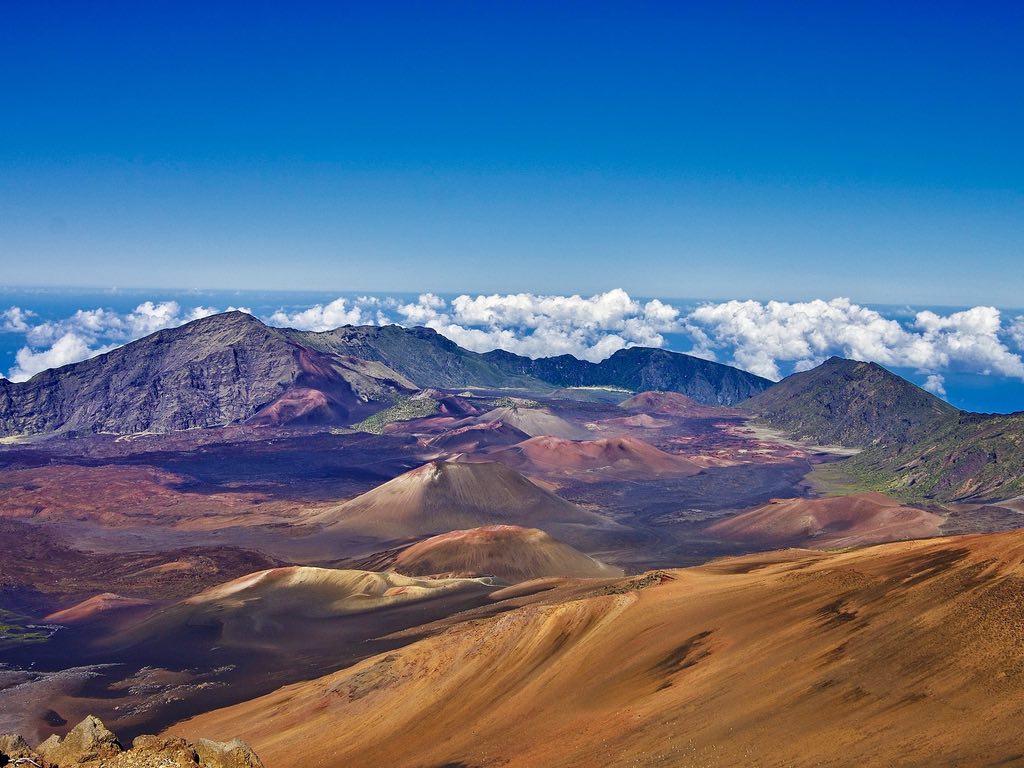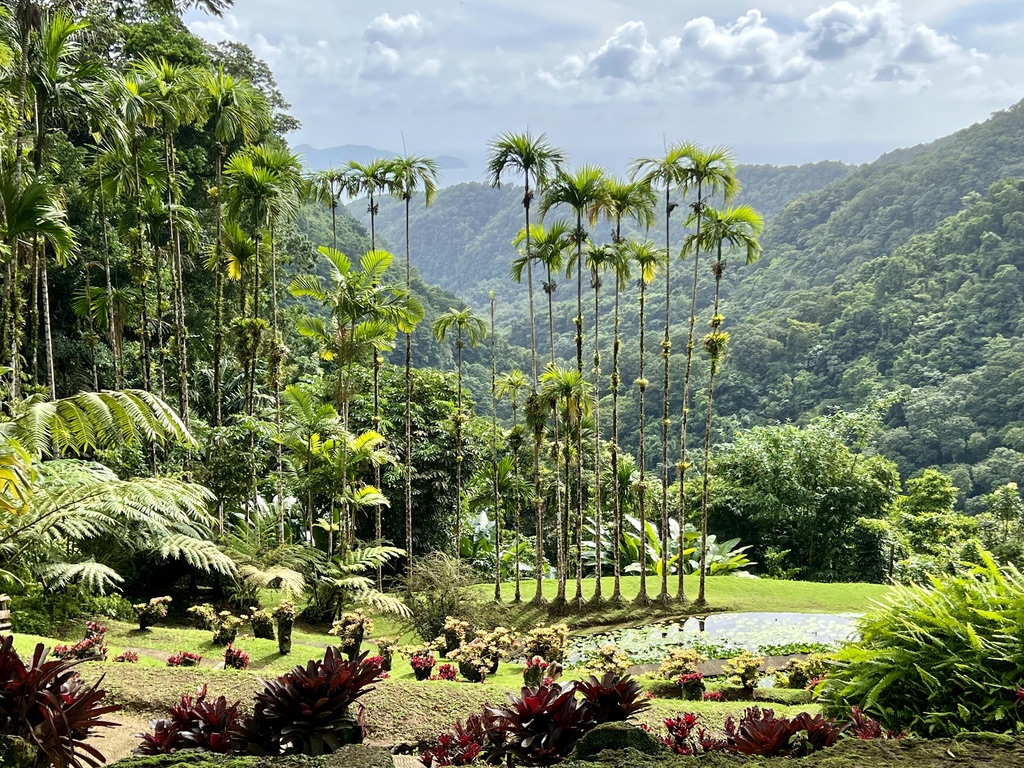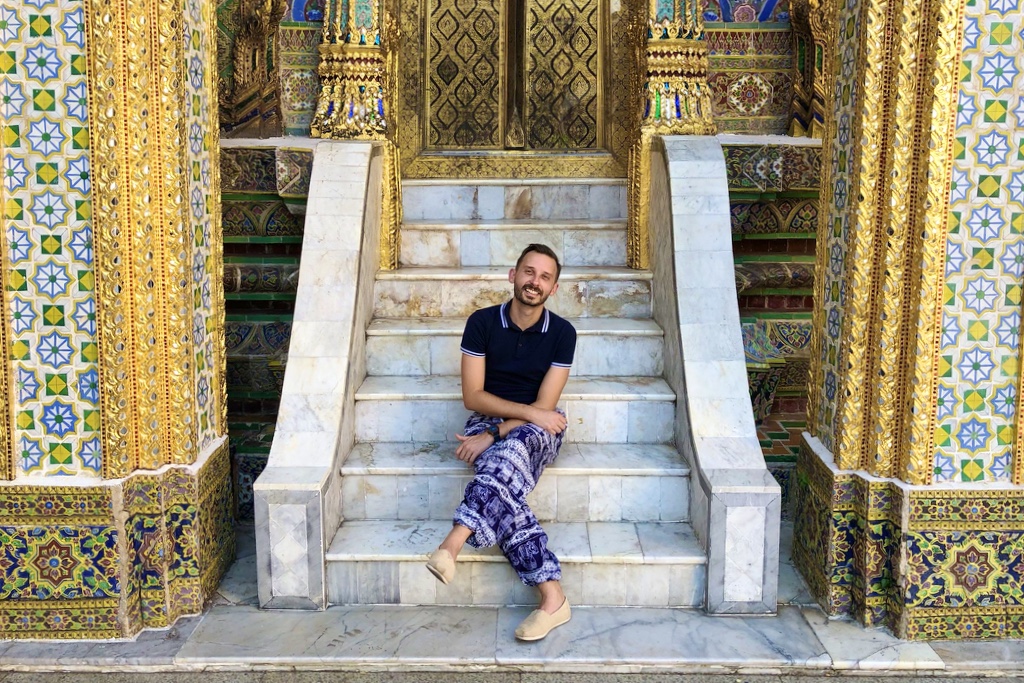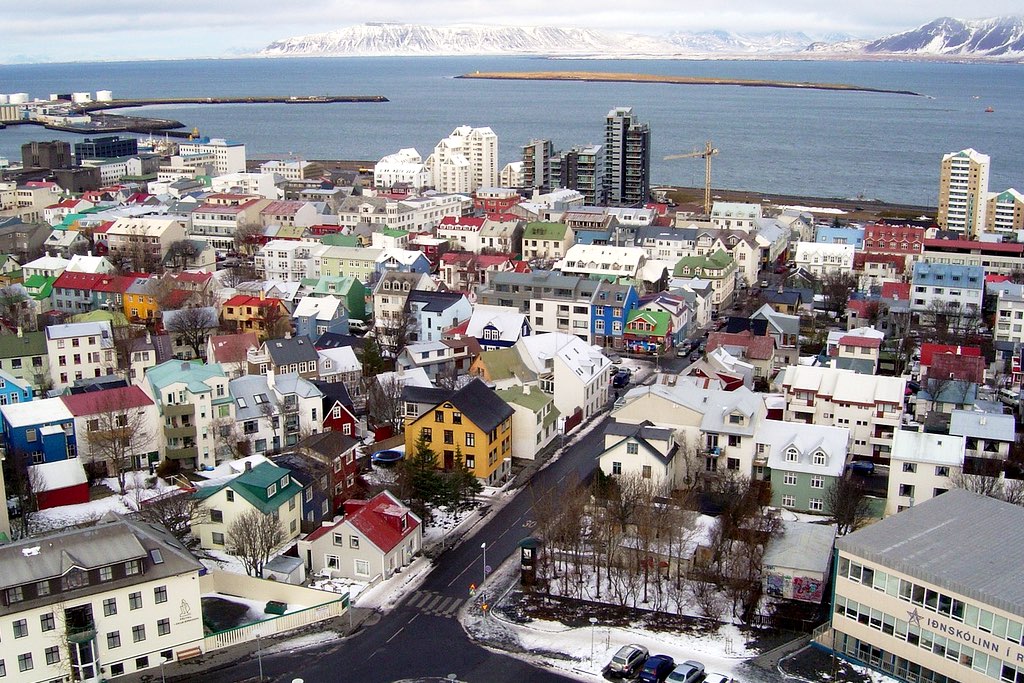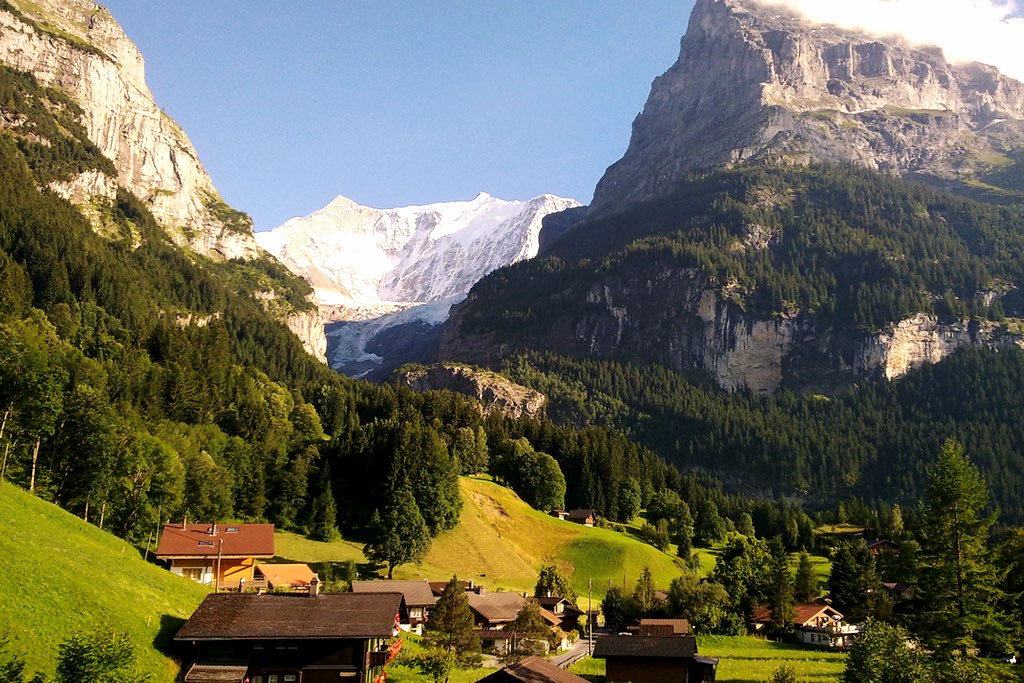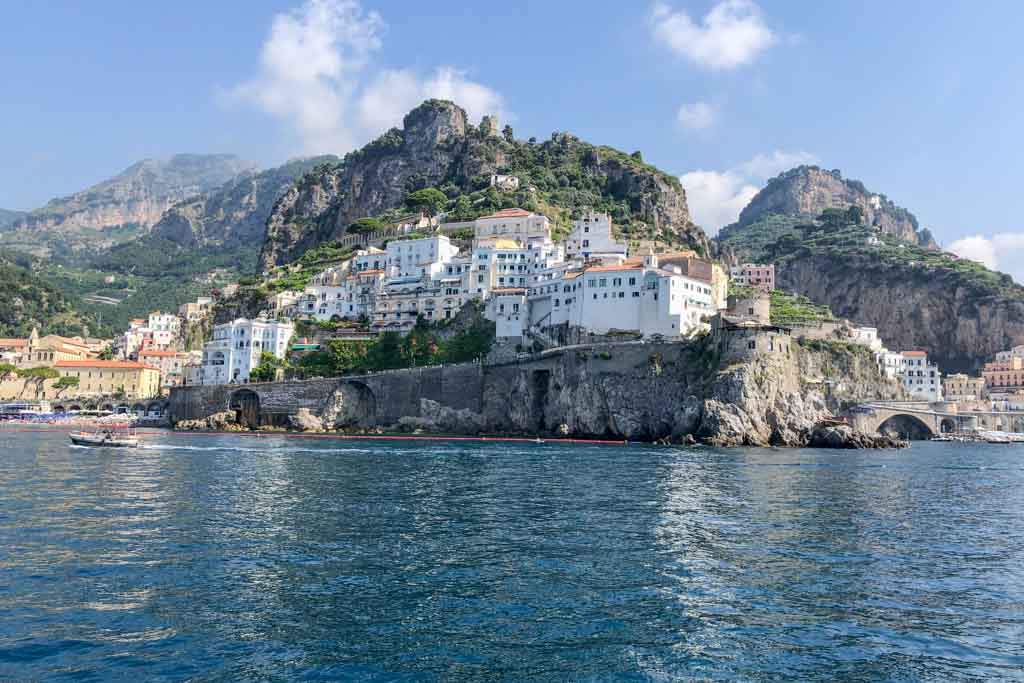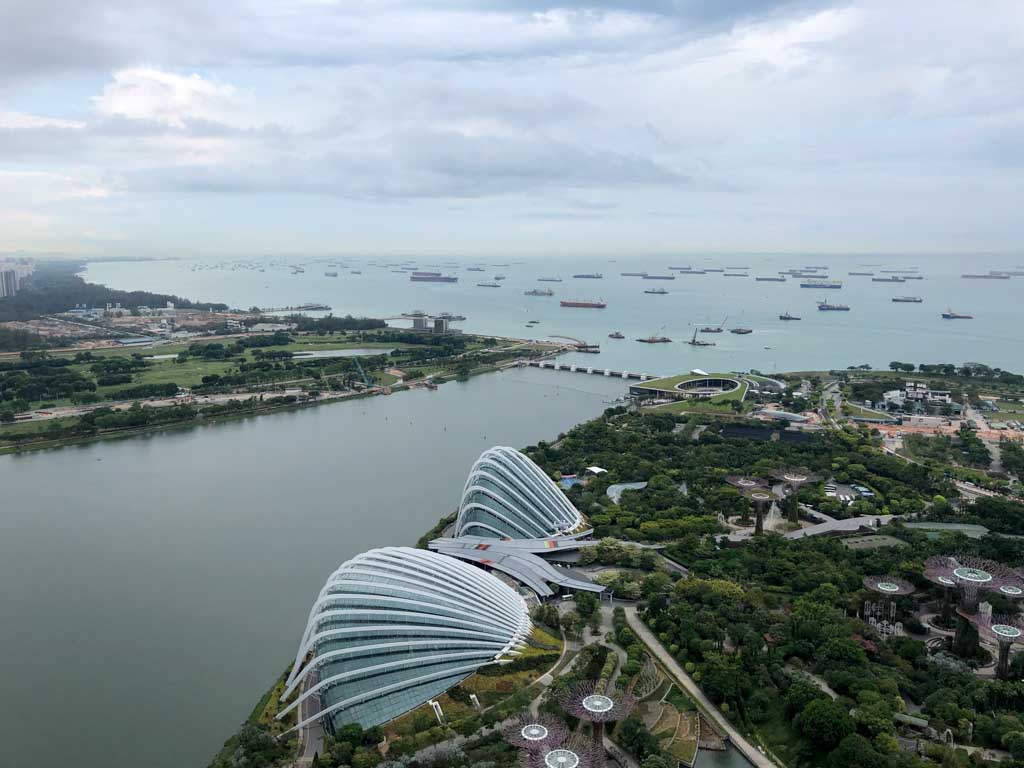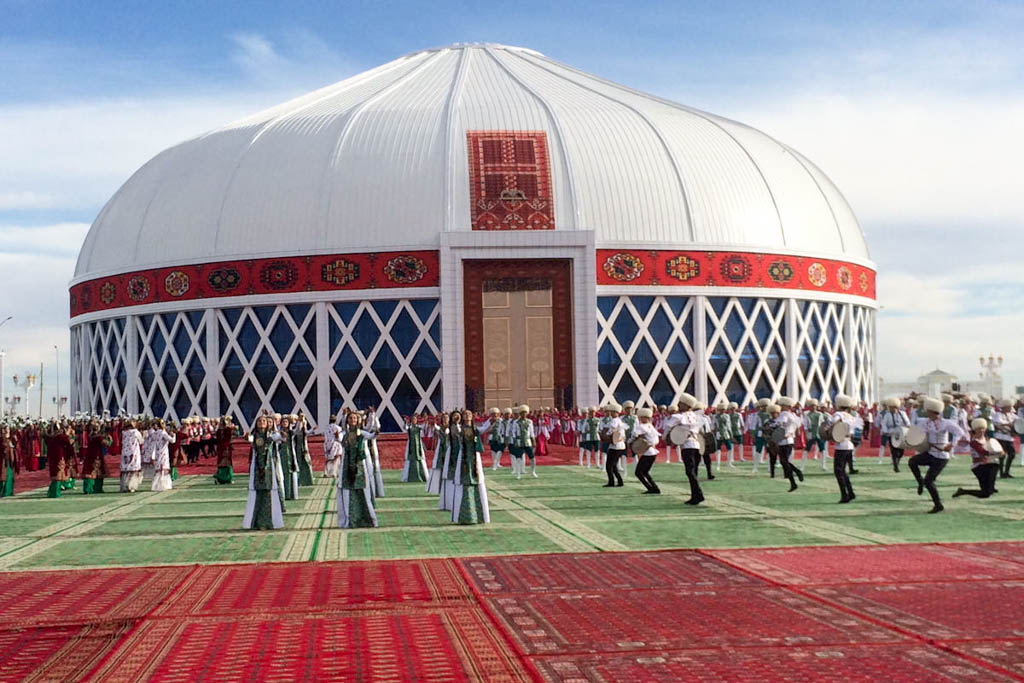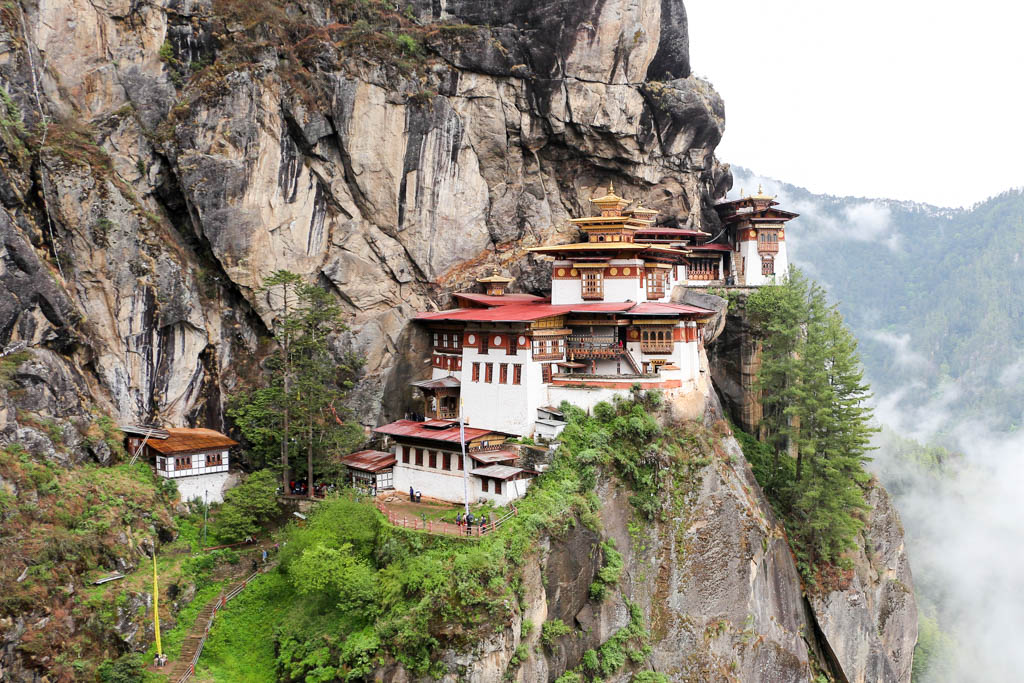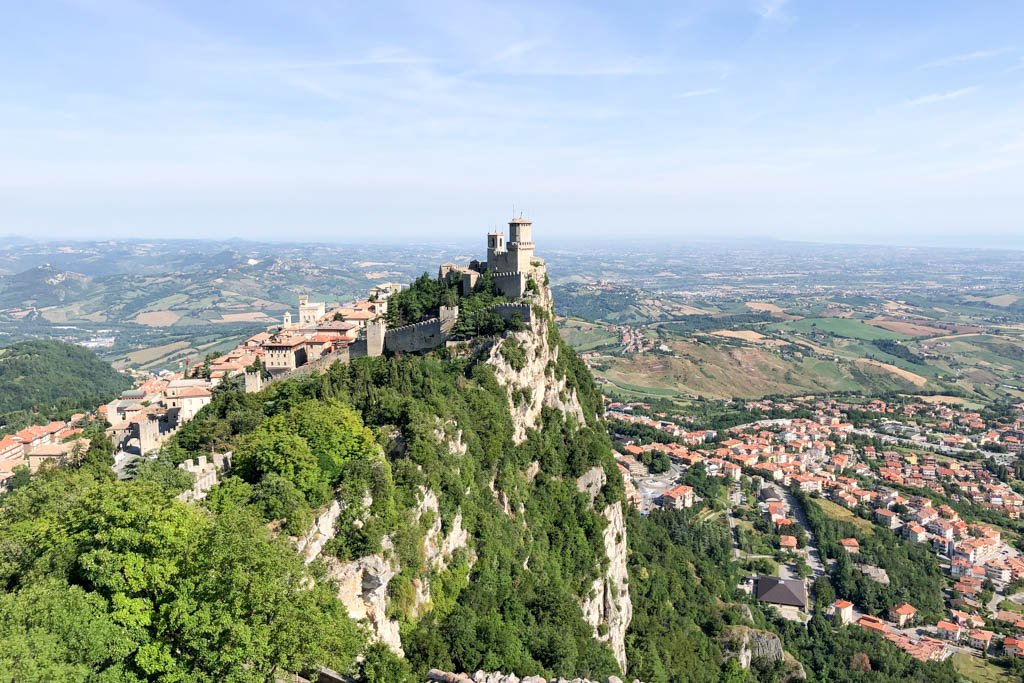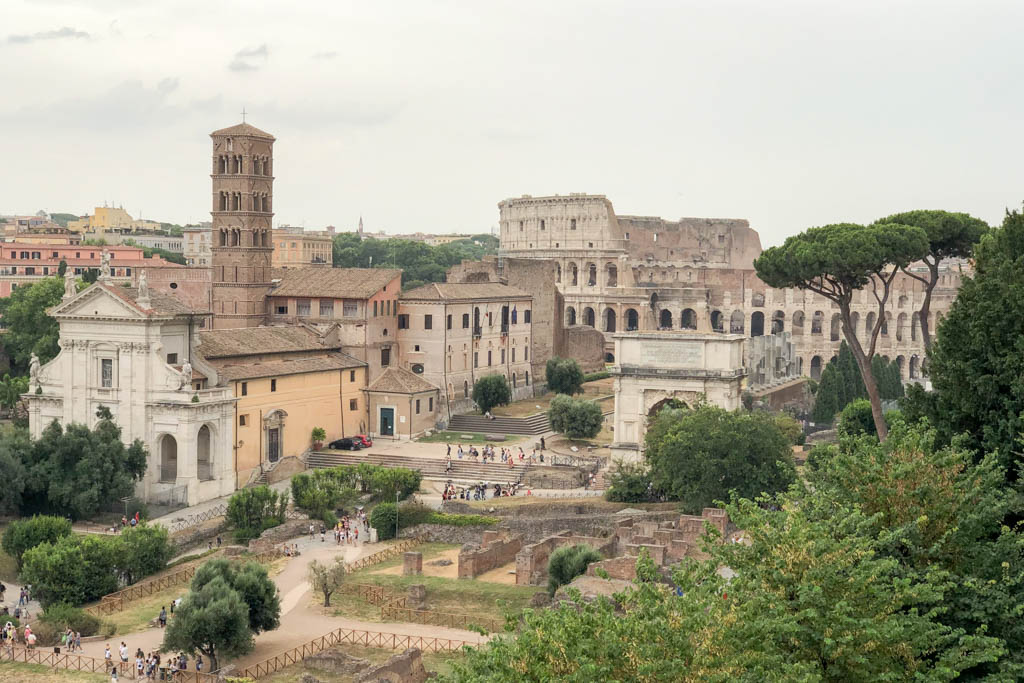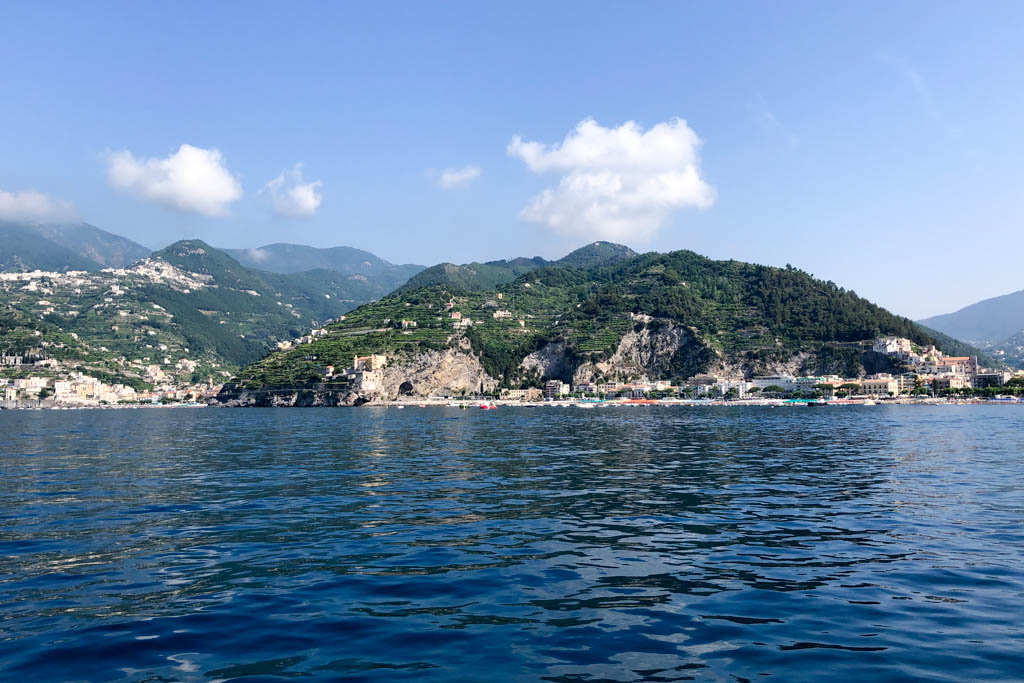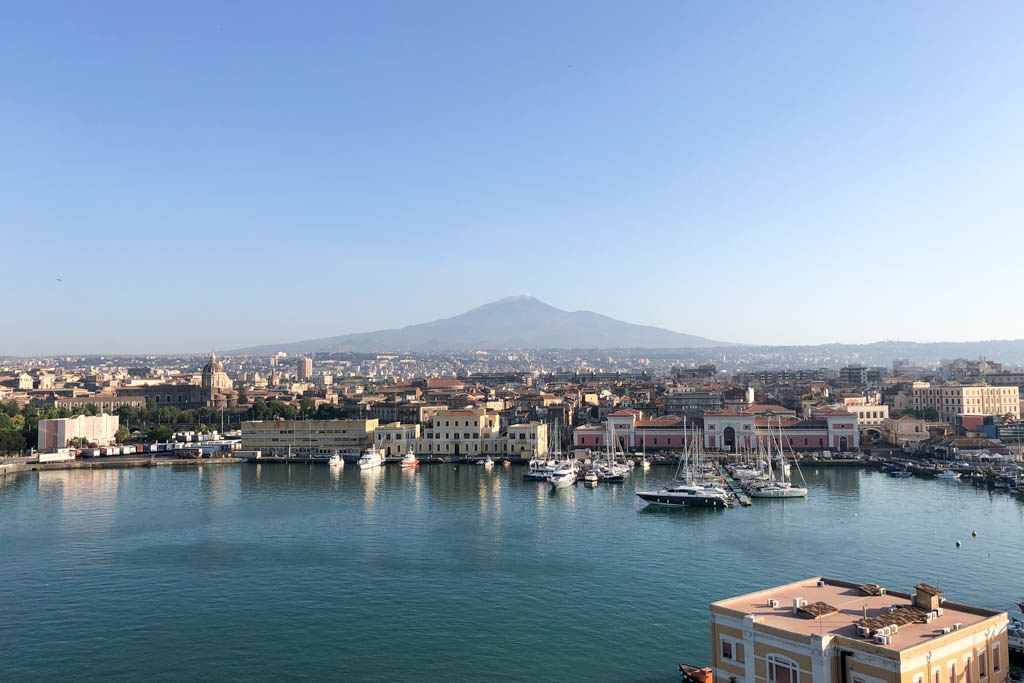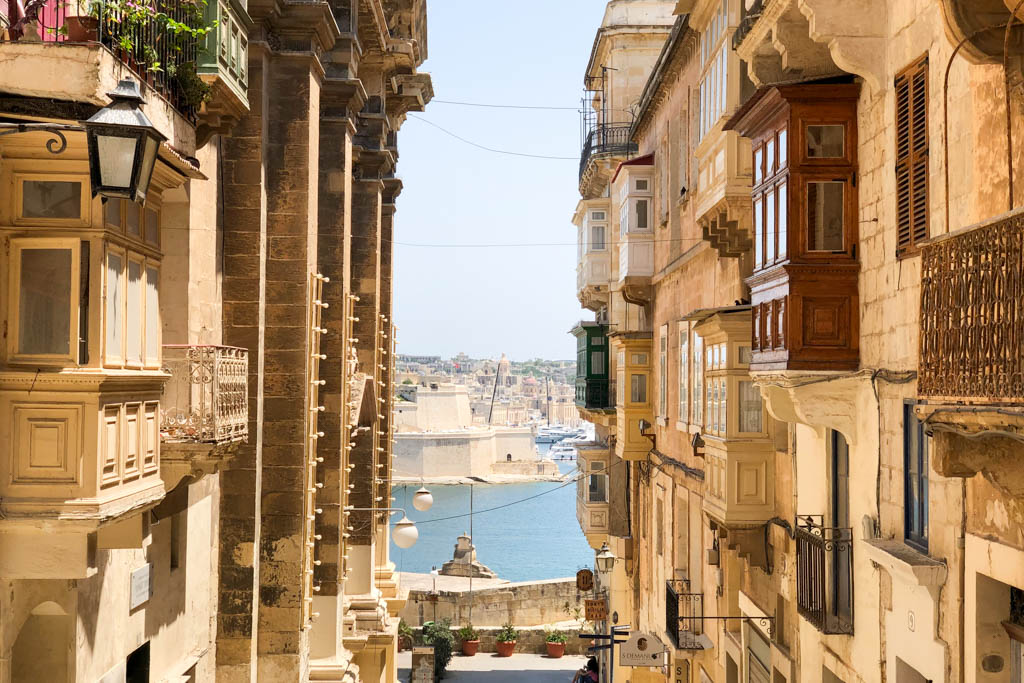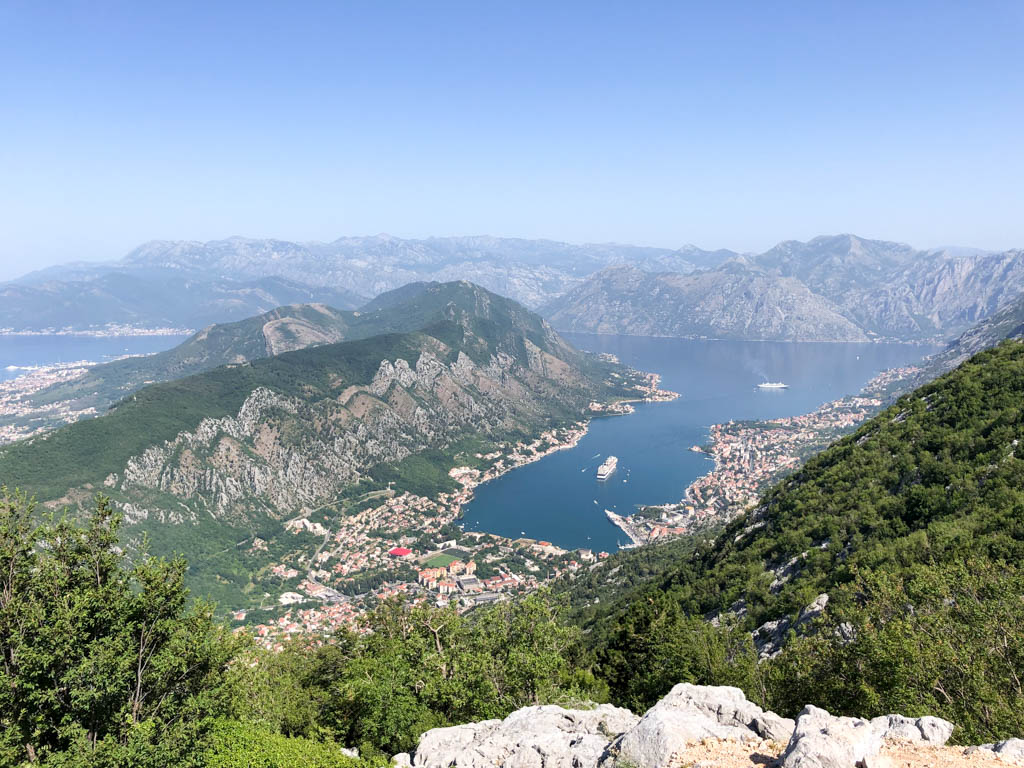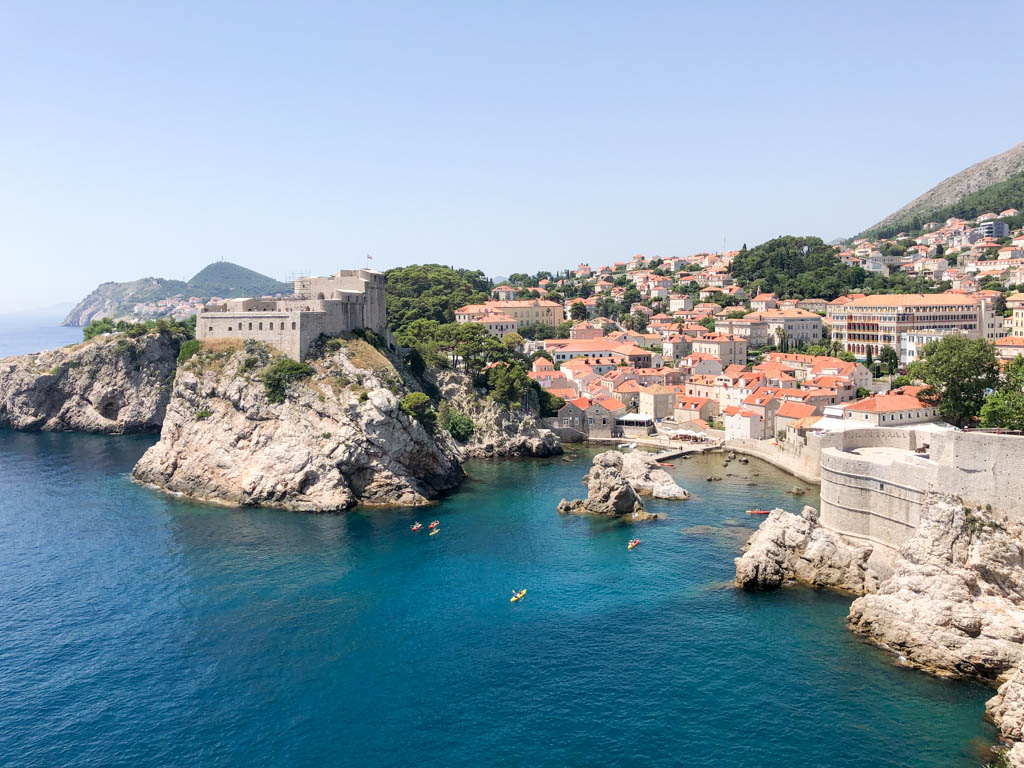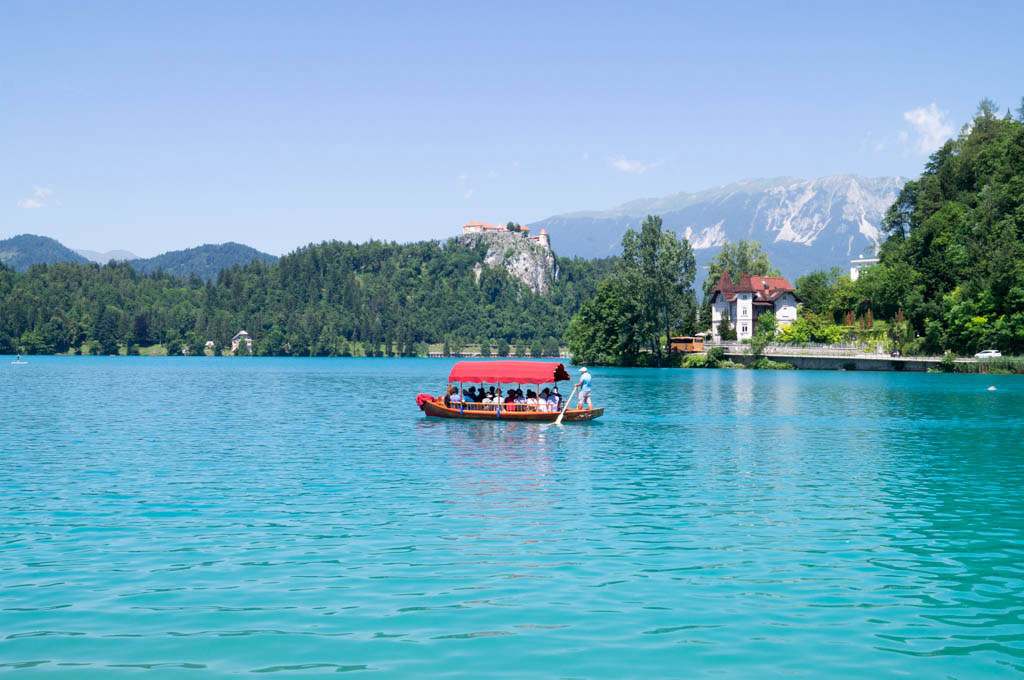If you have looked up anything about the Sistine Chapel in the past couple of days, you would have seen that there may be visitor restrictions in the near future. They want to limit the amount of people who come in per day.
During the peak season, 20,000 people a day come into the Sistine Chapel and bring in dust, soot and oils that are damaging the famous paintings, like Michelangelo’s entire work on the Sistine Chapel. My advice would be, buy a ticket to Rome and go to the Vatican City as quick as possible before the start limiting how many people are allowed in. The peak season is during the summer so winter would be the best time to have no lines. They don’t want to limit how many people come in but it’s looking like more of chance that they will.
Walking the Sistine Chapel
When you go into the Sistine Chapel you first have to go into the Vatican Museum. The wait to get into the Vatican Museum is outside Vatican City Walls so you are actually waiting in Italy to get into the museums. *Remember, the Vatican City is a separate country!!
After you’re in you follow your way through the Vatican Museum and the last place you will see will be the Sistine Chapel. Builds you up for the big moment! First you start with the spiraling staircases designed by Giuseppe Momo in 1932.

You walk into several rooms like the Raphael Room and view famous works of art painted over 500 years ago.
This part of the Vatican Museum is the Gallery of Maps. The Gallery of Maps has some maps of Italy and other places explored during that time.

But the end of the tour is the real crown jewel. And specifically the ceiling of the Sistine Chapel is what everybody wants to see. Michelangelo painted the ceiling of the Sistine Chapel in the 15th century and he was pretty much forced him to do it. He did get to choose the scenes he personally wanted to paint though!
When I walked it in 2007 the first thing I thought was how old the floors are. How amazing was it that thousands of people have walked on these floors since it was first constructed. The Sistine Chapel is very skinny and very tall. You notice the walls are over-towering and the lighting is dramatic. The fresco’s painted are huge and were meant to put fear of God into people.
They tell you no pictures but sometimes you have to not follow the rules. You’re in a room filled with beauty! Pictures must be taken!! The ceiling is very impressive and it’s amazing how quickly Michelangelo had to paint it. He finished in 1493.

Trying to get a shot of the Sistine Chapel! They wouldn’t let people take photos!
Today the Sistine Chapel is where the Papal conclave chooses a new pope. It continues to host important papal calendar events unless the Pope is traveling and there is even a choir.
Sistine Chapel History and Facts
Couldn’t take photos of the Sistine Chapel… I got some shots in by sneaking around! Weird rules?!
To be able to reach the ceiling, Michelangelo needed a support! The first idea was by architect Donato Bramante, who wanted to build a scaffold to be suspended in the air with ropes. However, Bramante did not complete the task, and the structure he built was flawed.
Michelangelo laughed when he saw the structure, and believed it would leave holes in the ceiling once the work was ended. He asked Bramante what was to happen when the painter reached the perforations, but the architect had no answer.
Michelangelo used bright colors, easily visible from the floor. On the lowest part of the ceiling he painted the ancestors of Christ. Above this he alternated male and female prophets, with Jonah over the altar. On the highest section, Michelangelo painted nine stories from the Book of Genesis. He was originally commissioned to paint only 12 figures, the Apostles. He turned down the commission because he saw himself as a sculptor, not a painter. The Pope offered to allow Michelangelo to paint biblical scenes of his own choice as a compromise. After the work was finished, there were more than 300.
The painted area is about 40 m (131 ft) long by 13 m (43 ft) wide. This means that Michelangelo painted well over 5,000 square feet (460 m2) of frescoes.
The Last Judgement was disputed between Cardinal Carafa and Michelangelo. Because he depicted naked figures, the artist was accused of immorality and obscenity. A censorship campaign (known as the “Fig-Leaf Campaign“) was organized by Carafa and Monsignor Sernini (Mantua’s ambassador) to remove the frescoes. When the Pope’s own Master of Ceremonies Biagio da Cesena said…
“it was mostly disgraceful that in so sacred a place there should have been depicted all those nude figures, exposing themselves so shamefully, and that it was no work for a papal chapel but rather for the public baths and taverns,” Michelangelo worked da Cesena’s semblance into the scene as Minos, judge of the underworld.
It is said that when he complained to the Pope, the pontiff responded that his jurisdiction did not extend to hell, so the portrait would have to stay.
Truly a must in Rome, the Vatican Museum and Sistine Chapel are once in a life time opportunities!
images by: shawnvoyage


